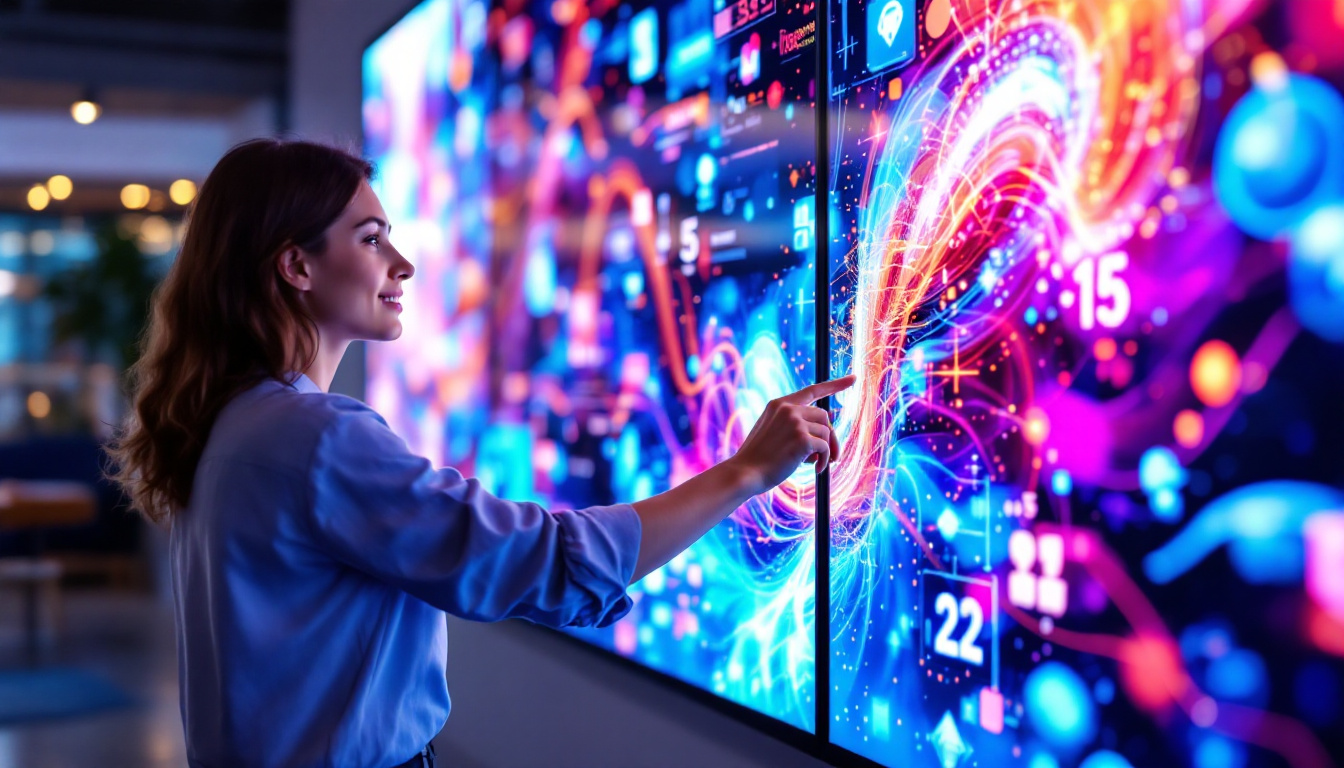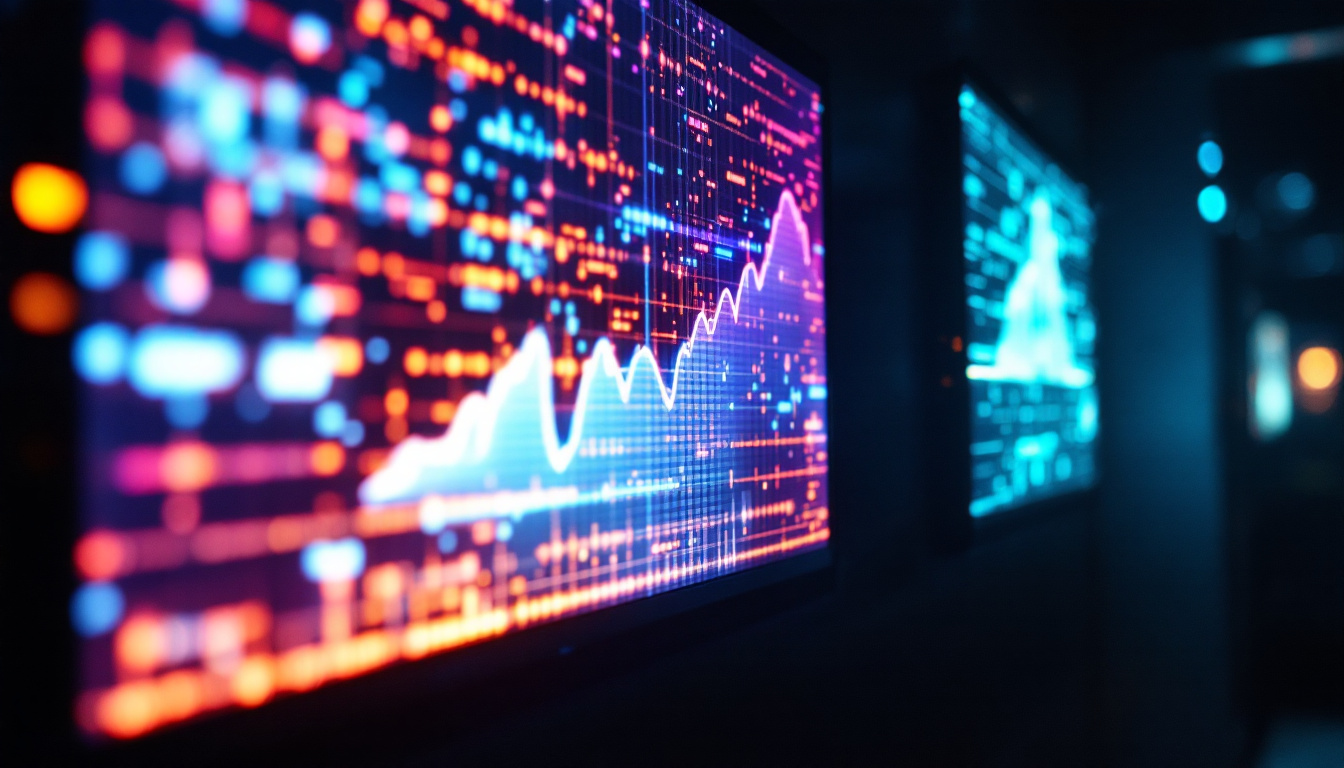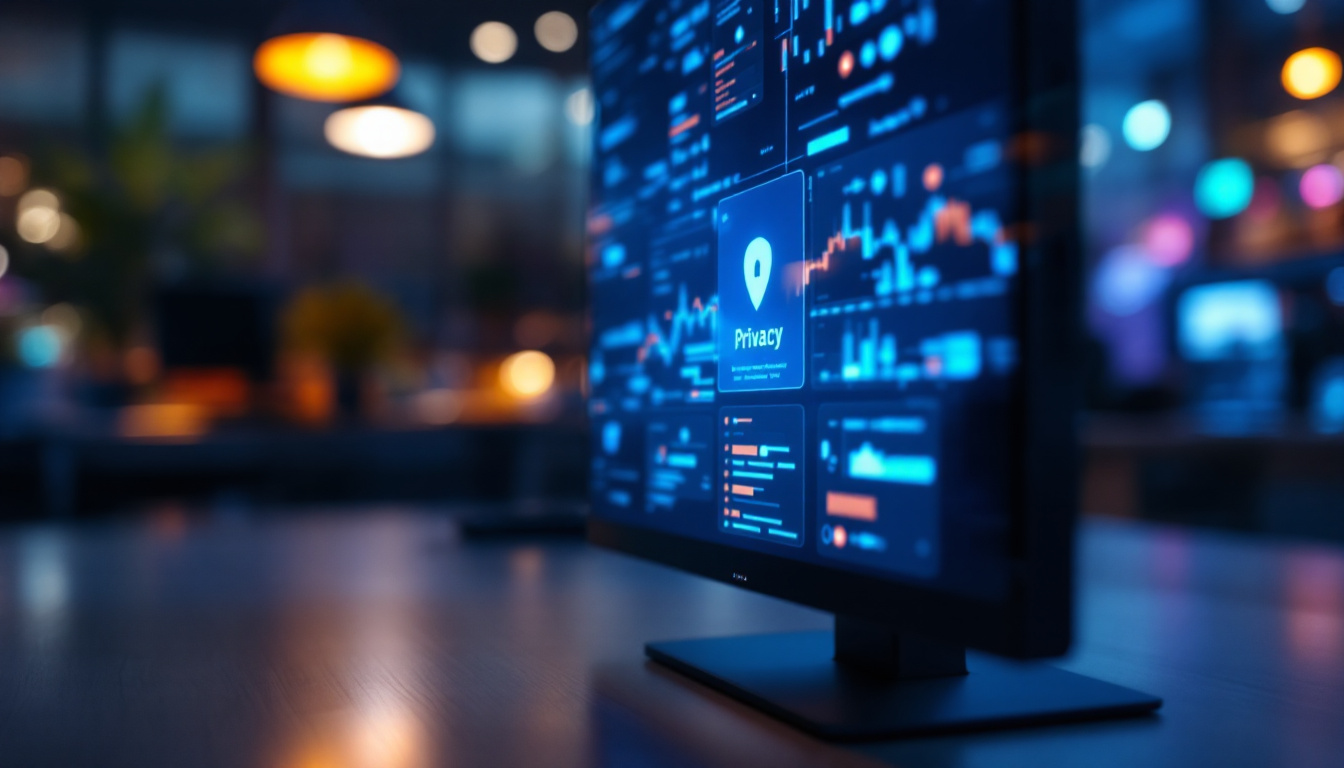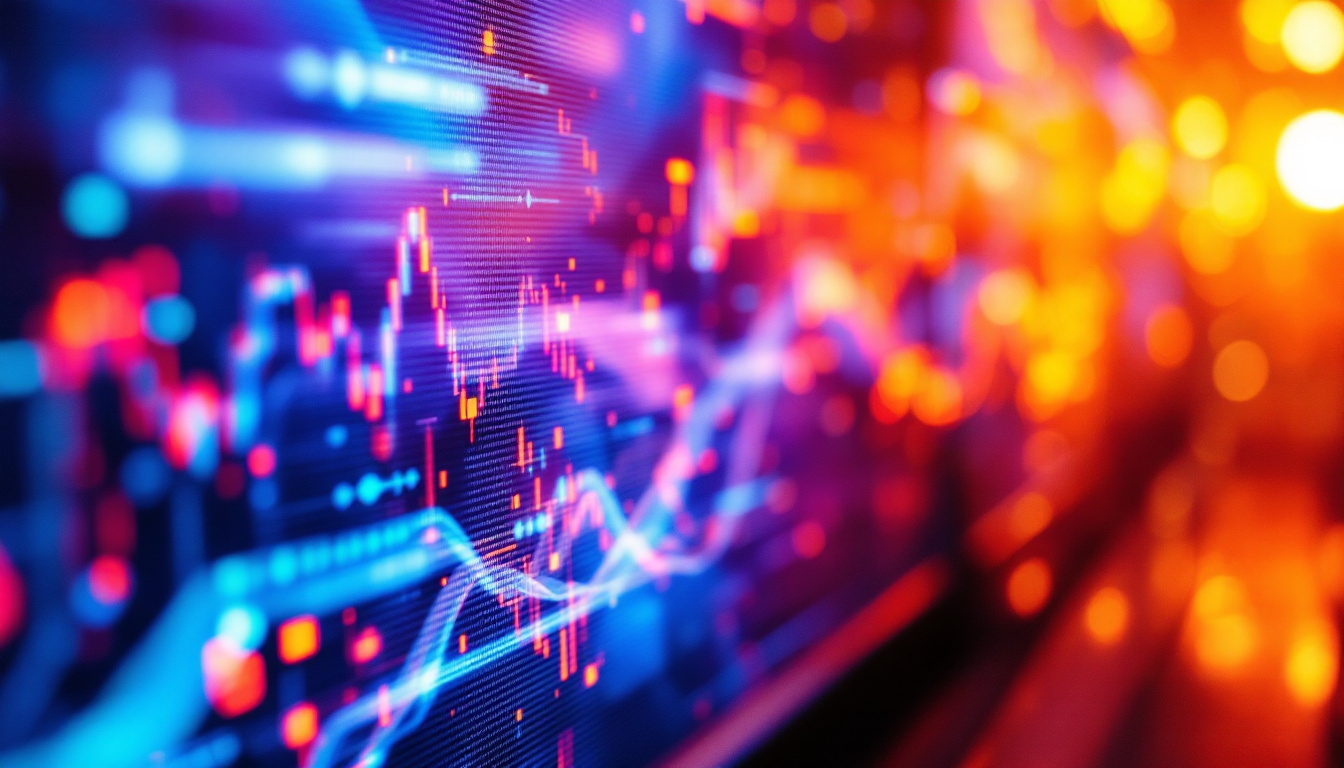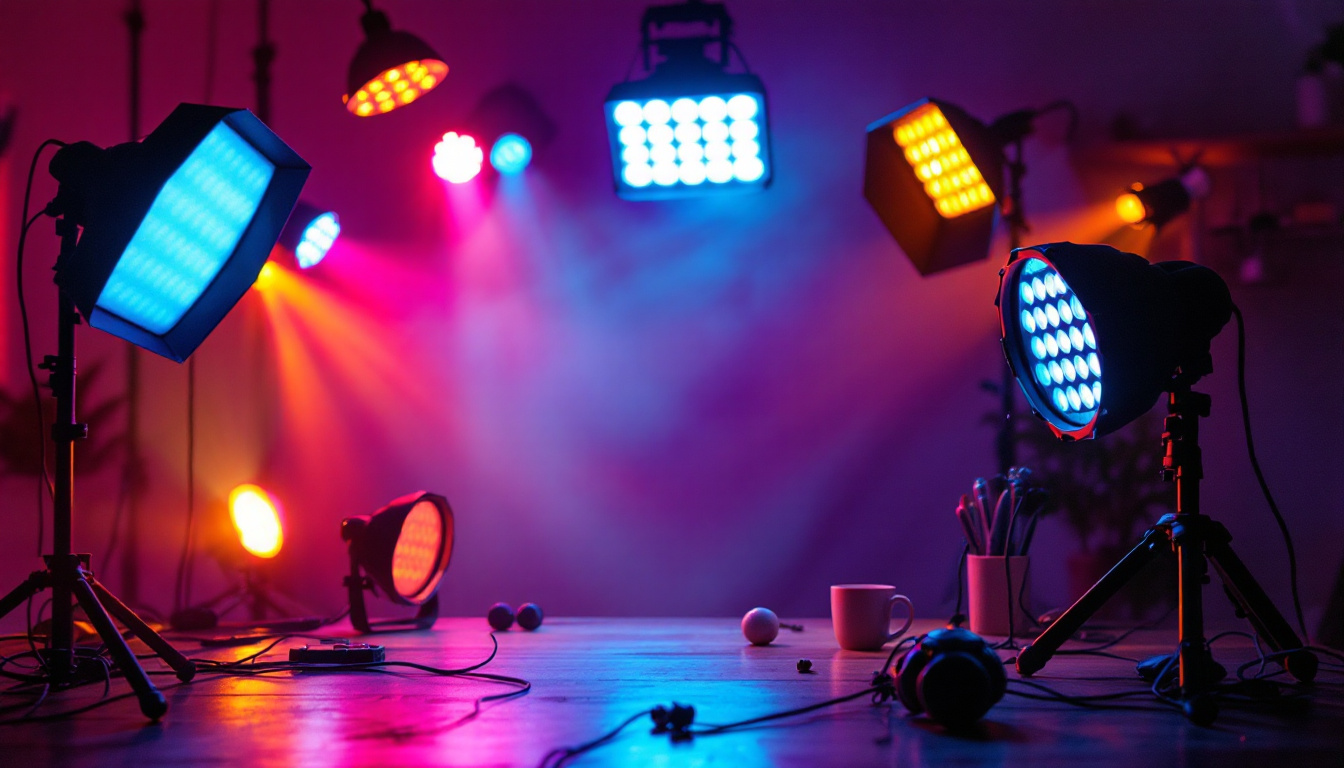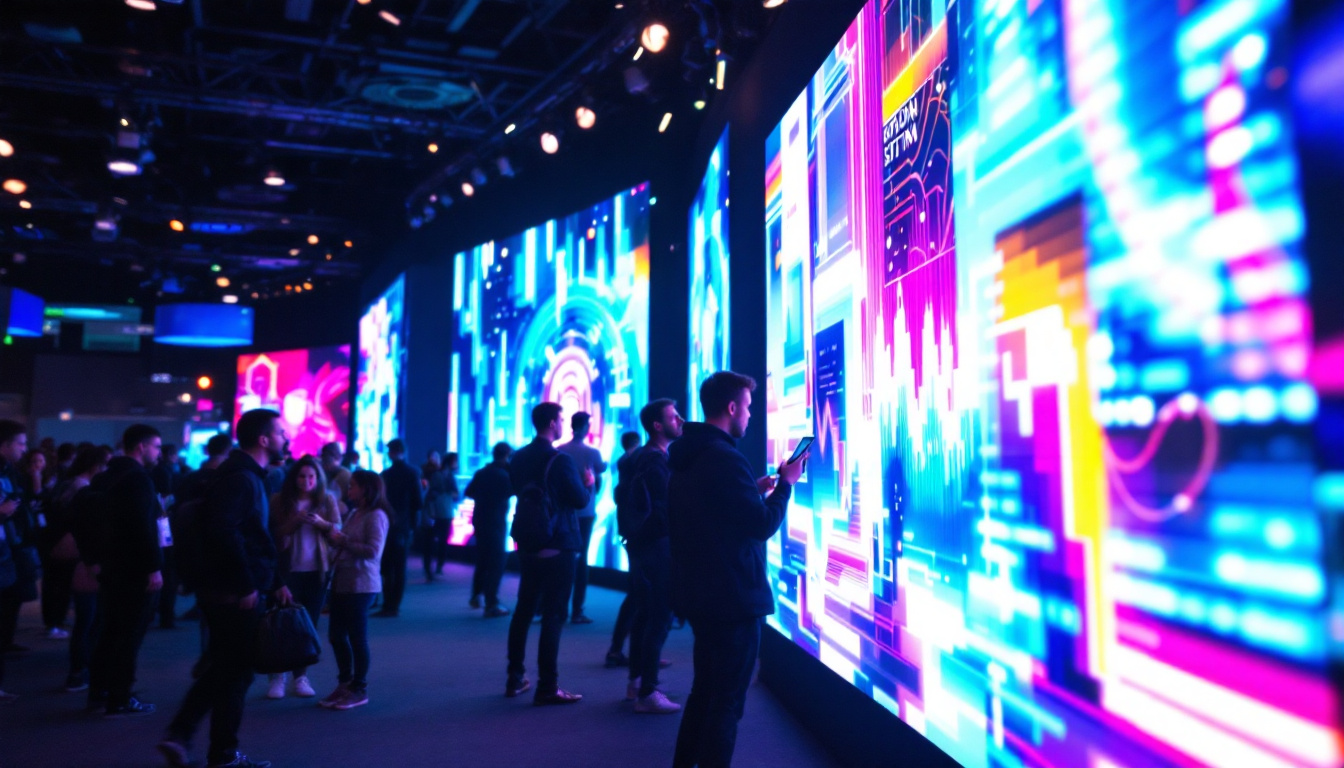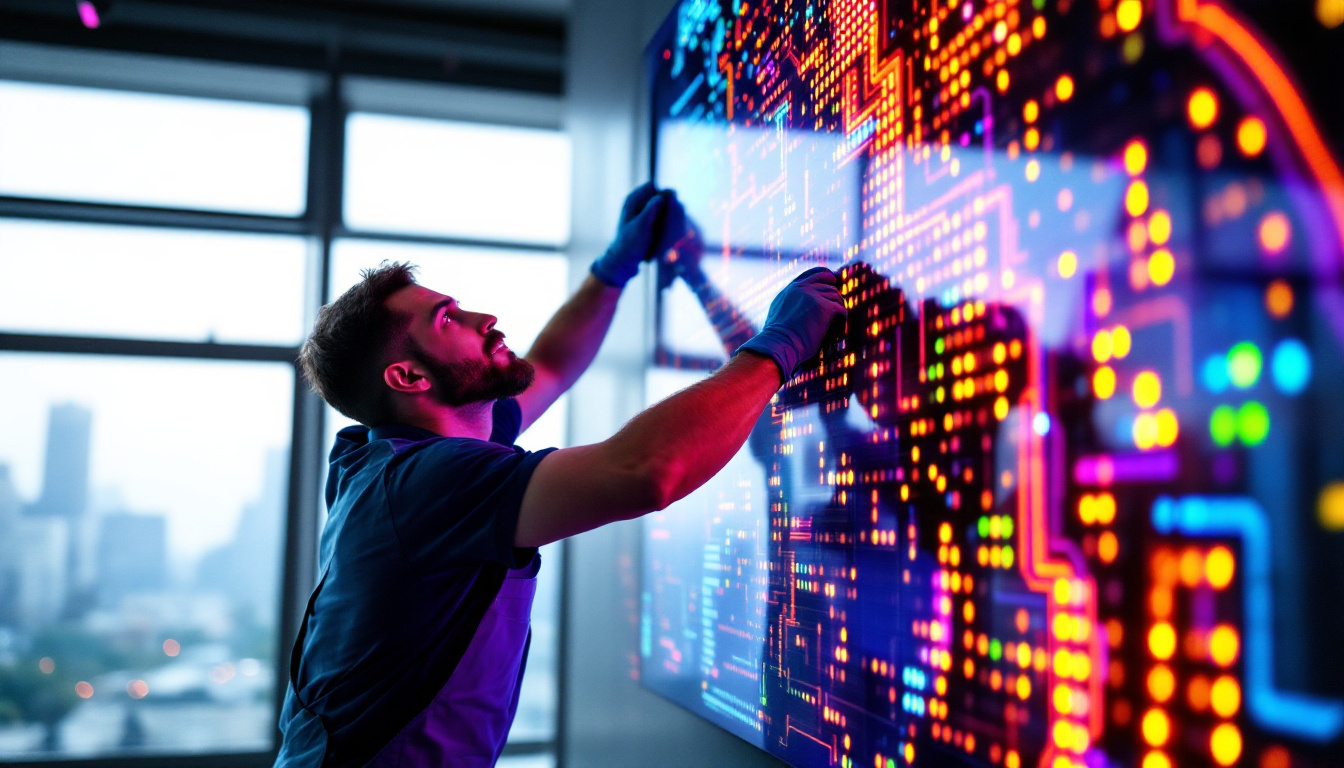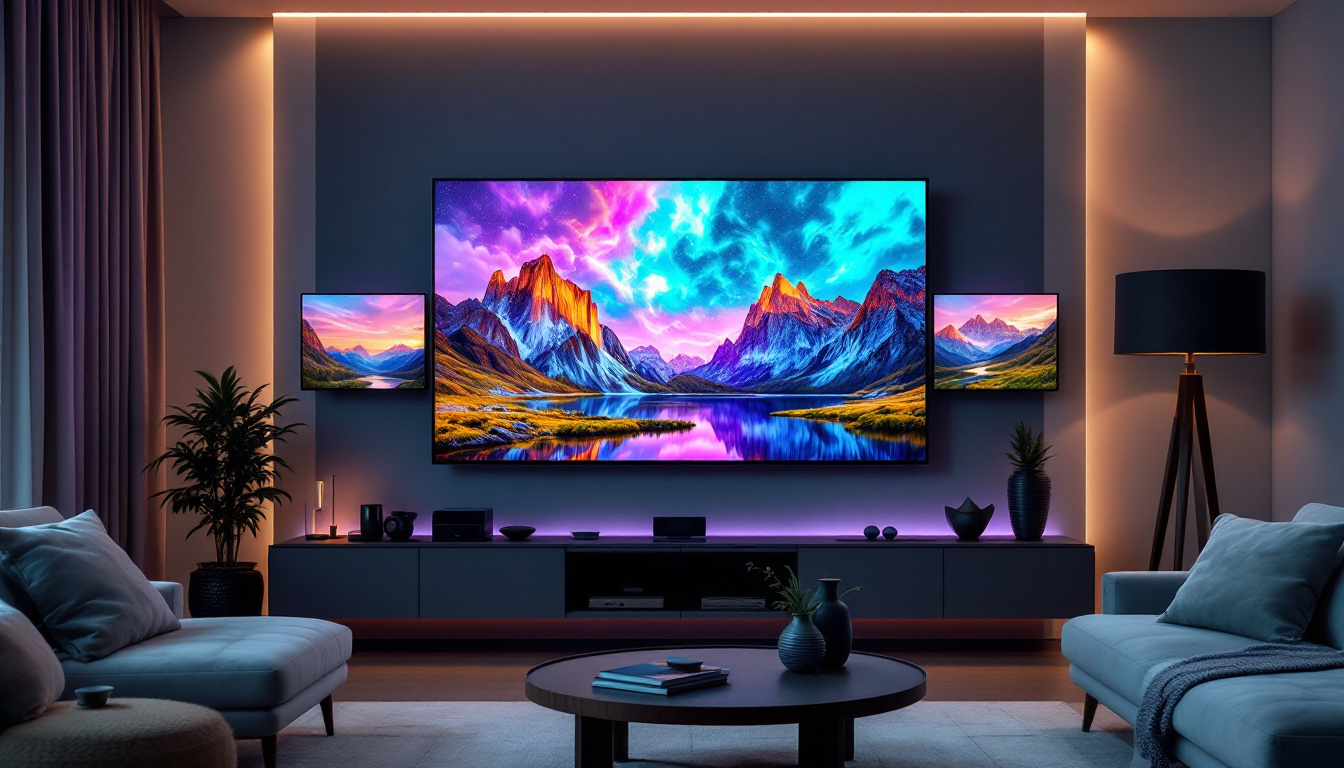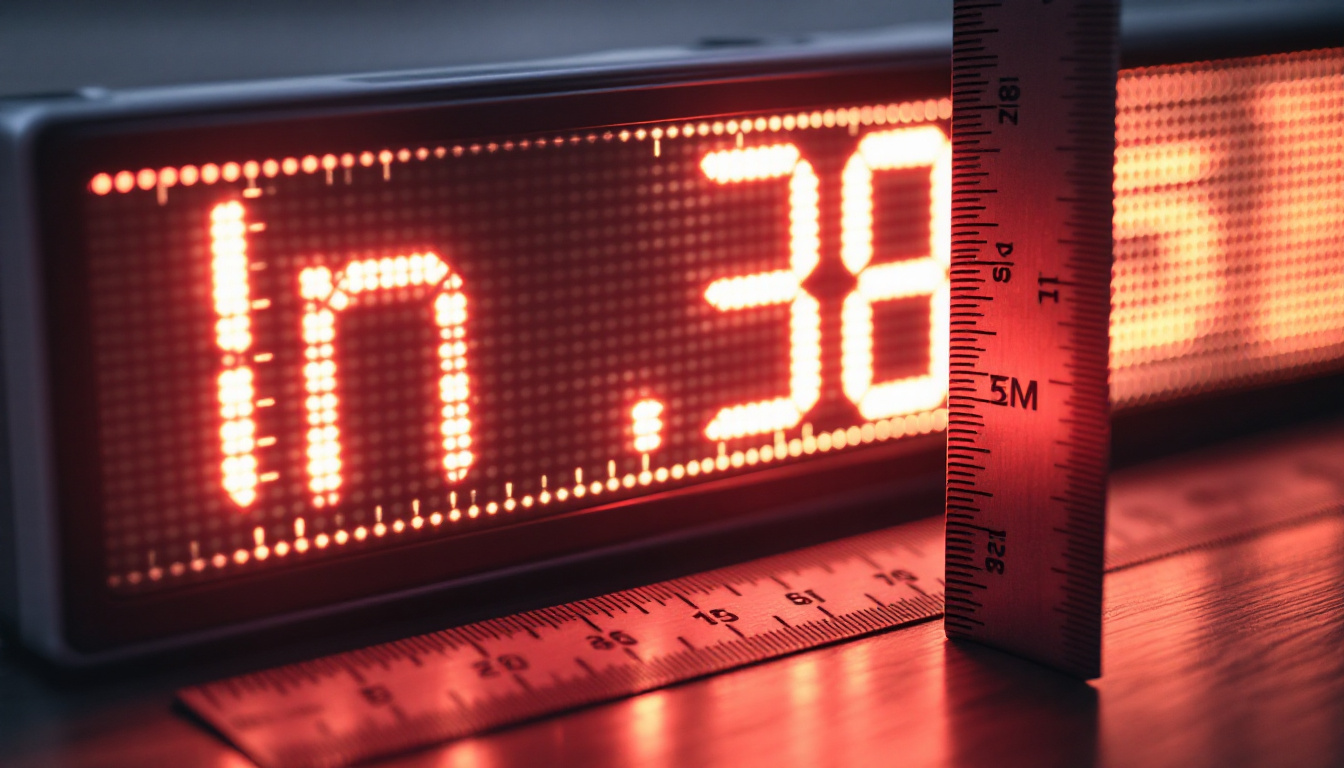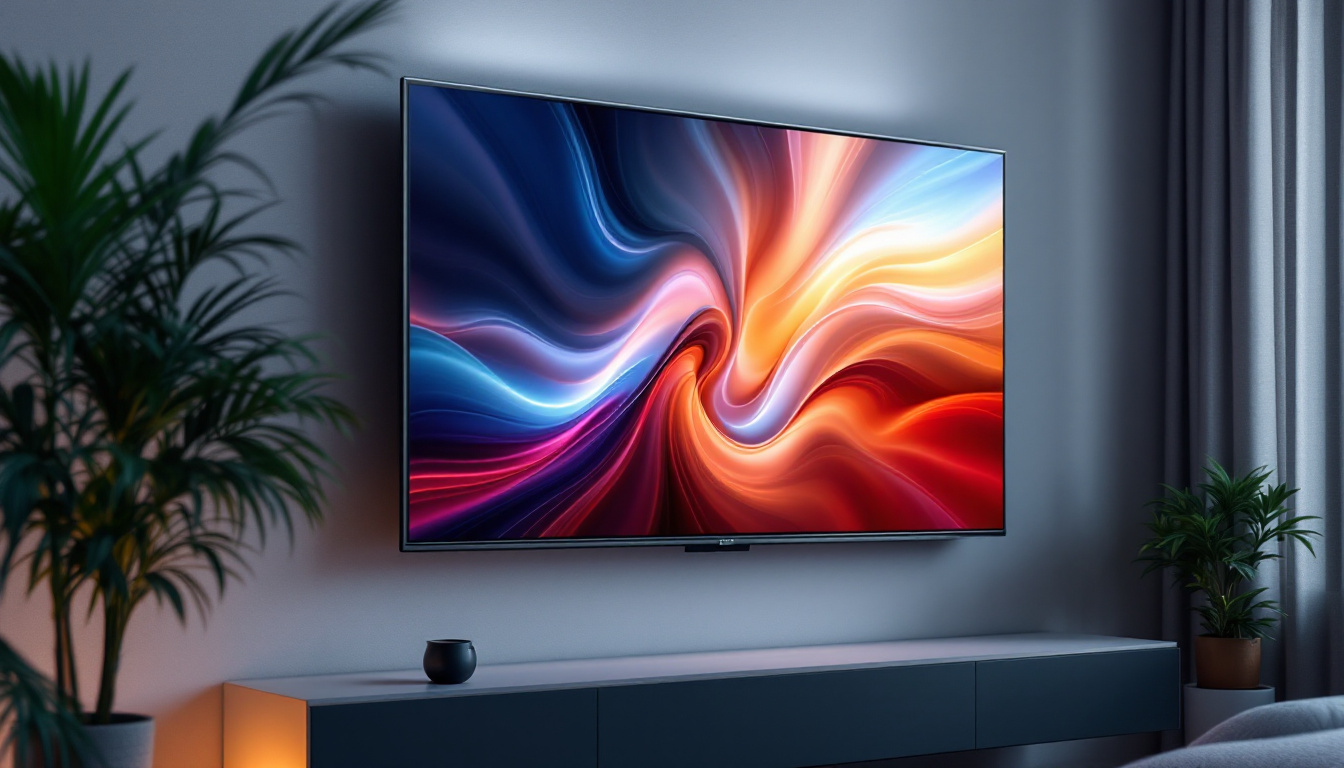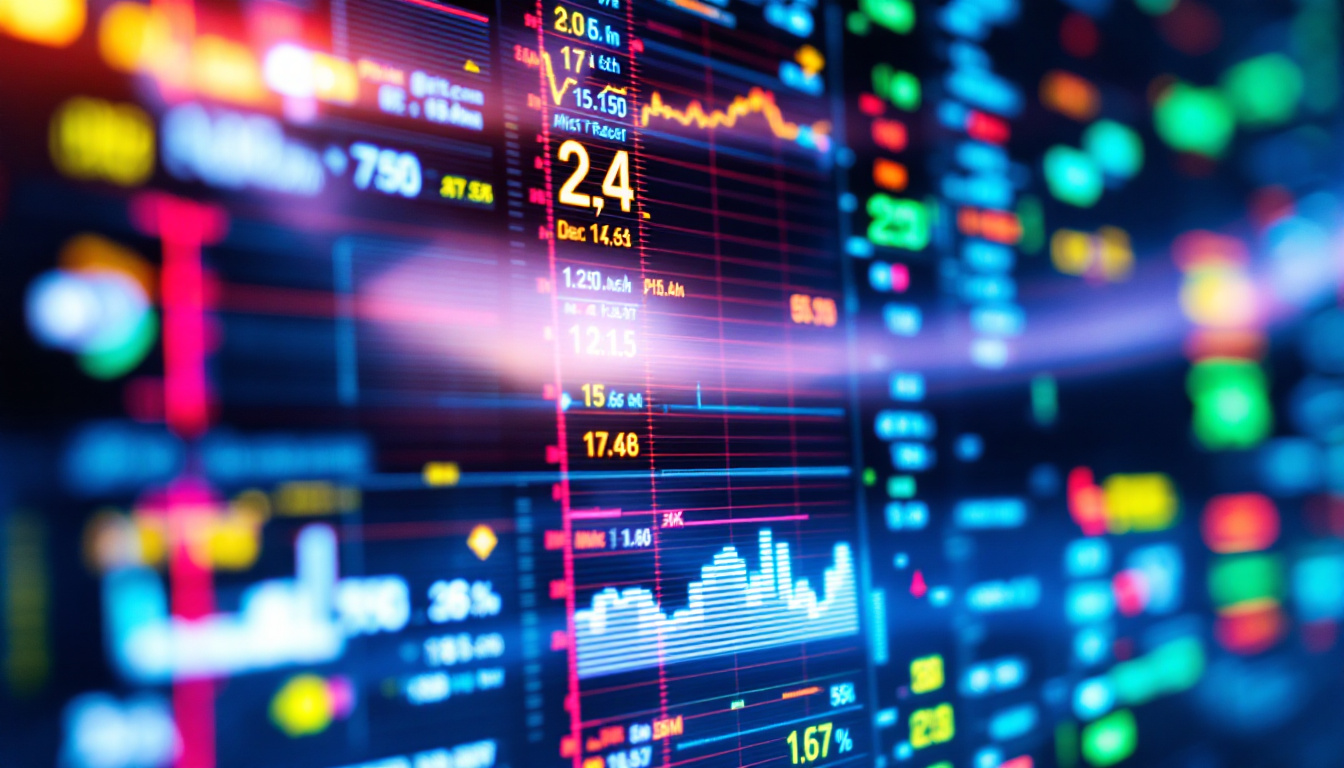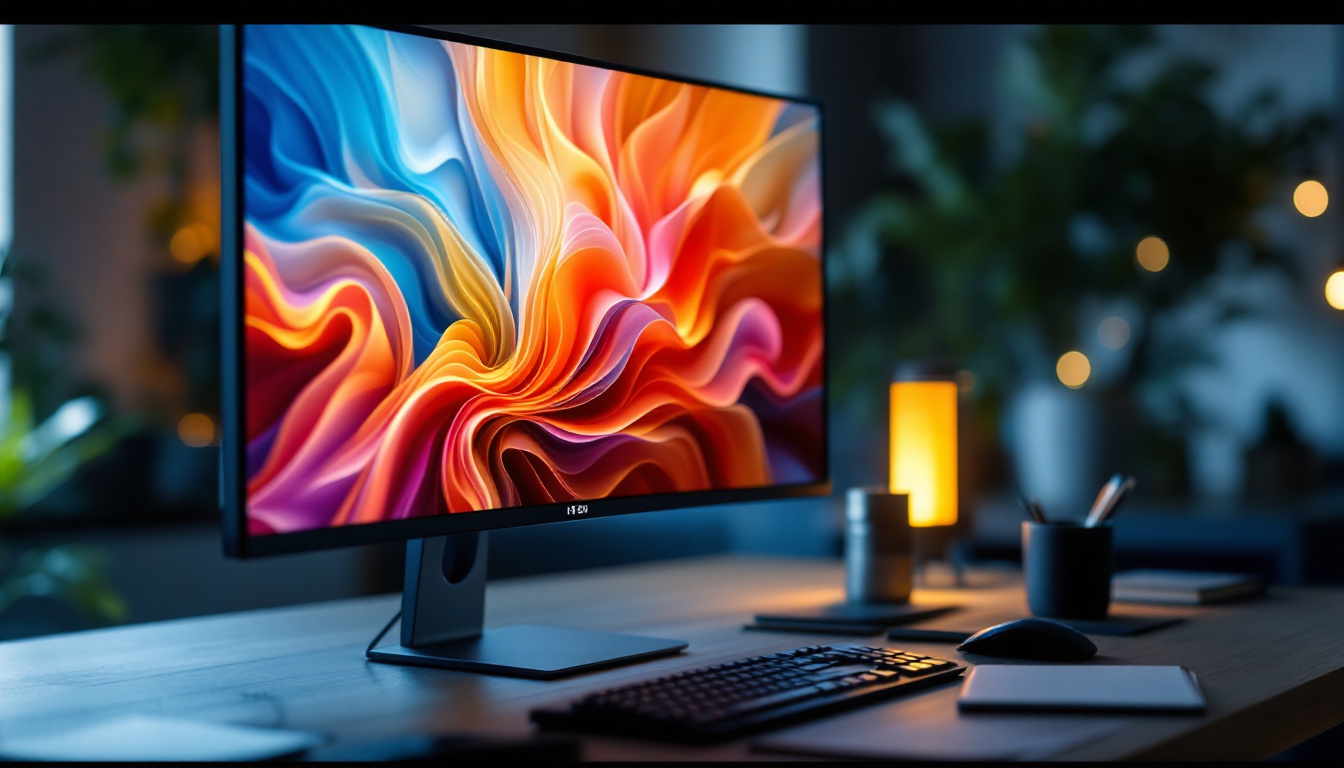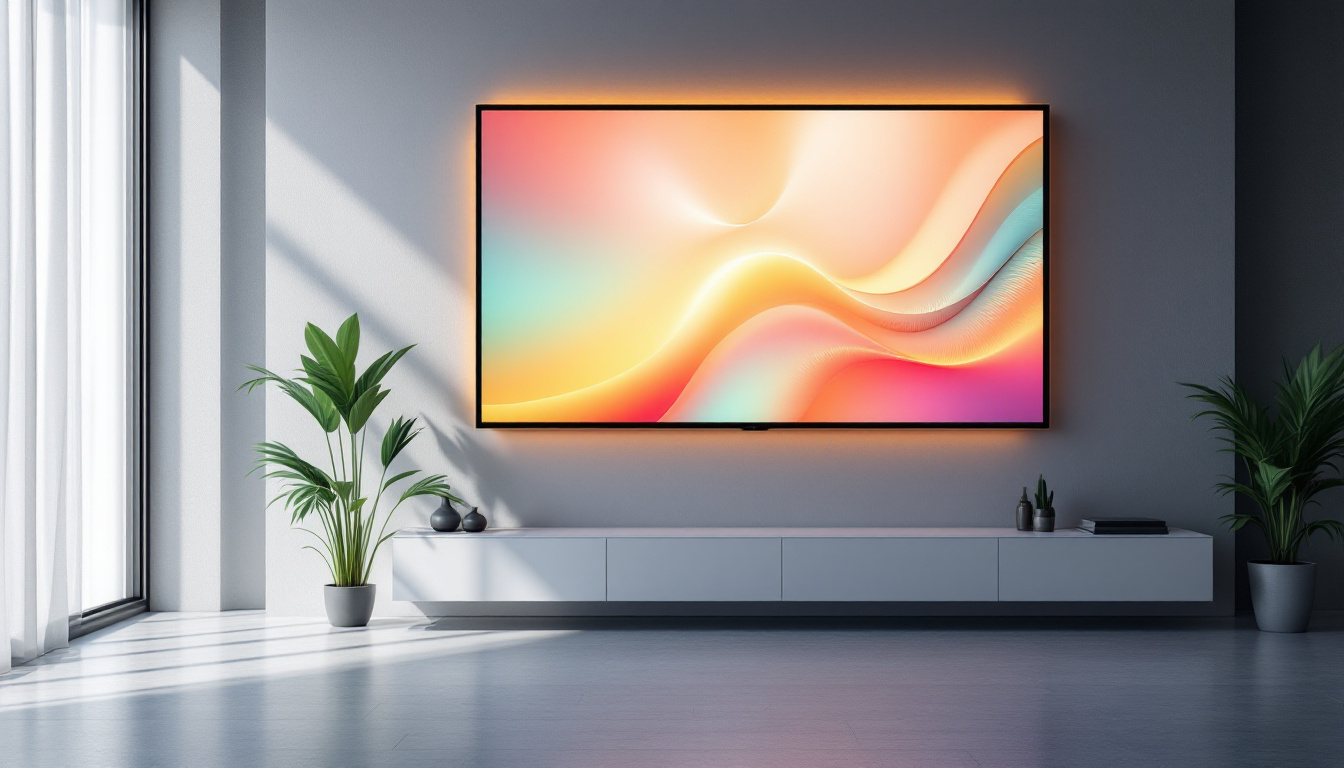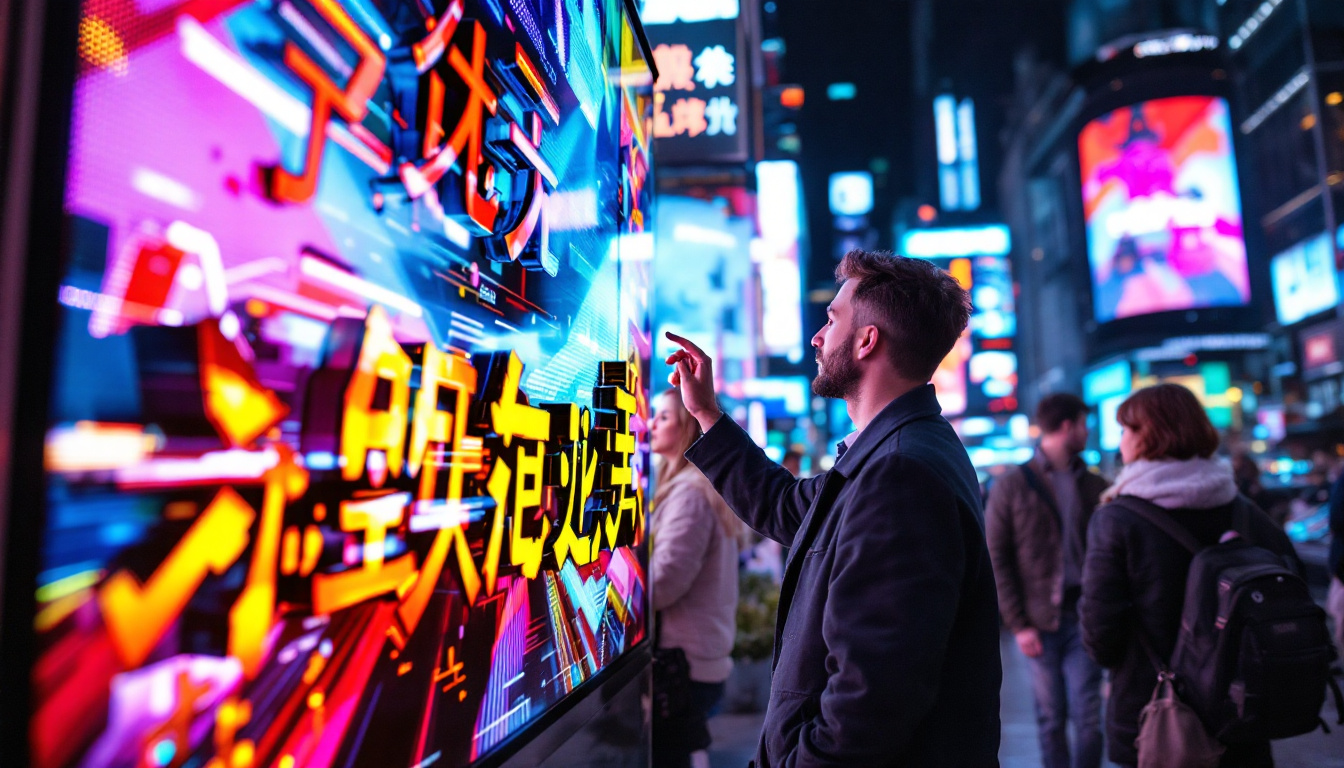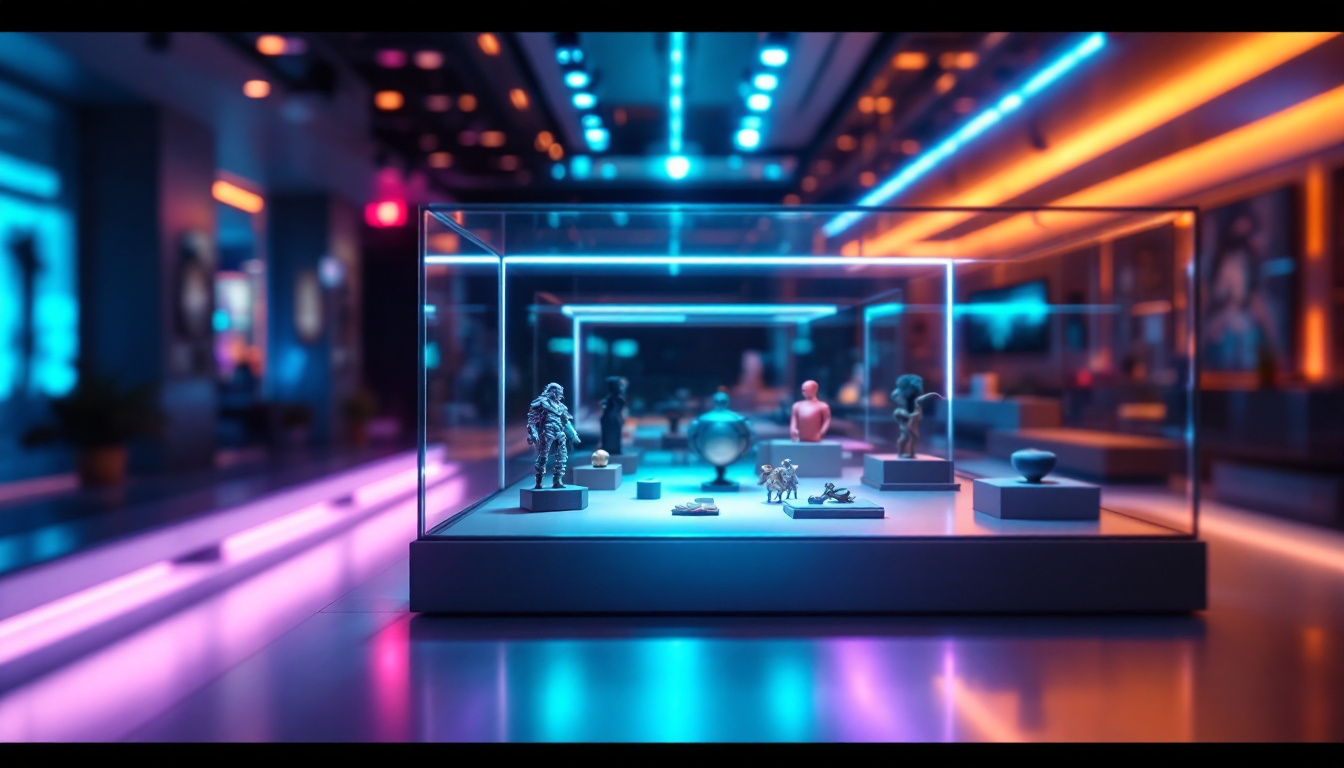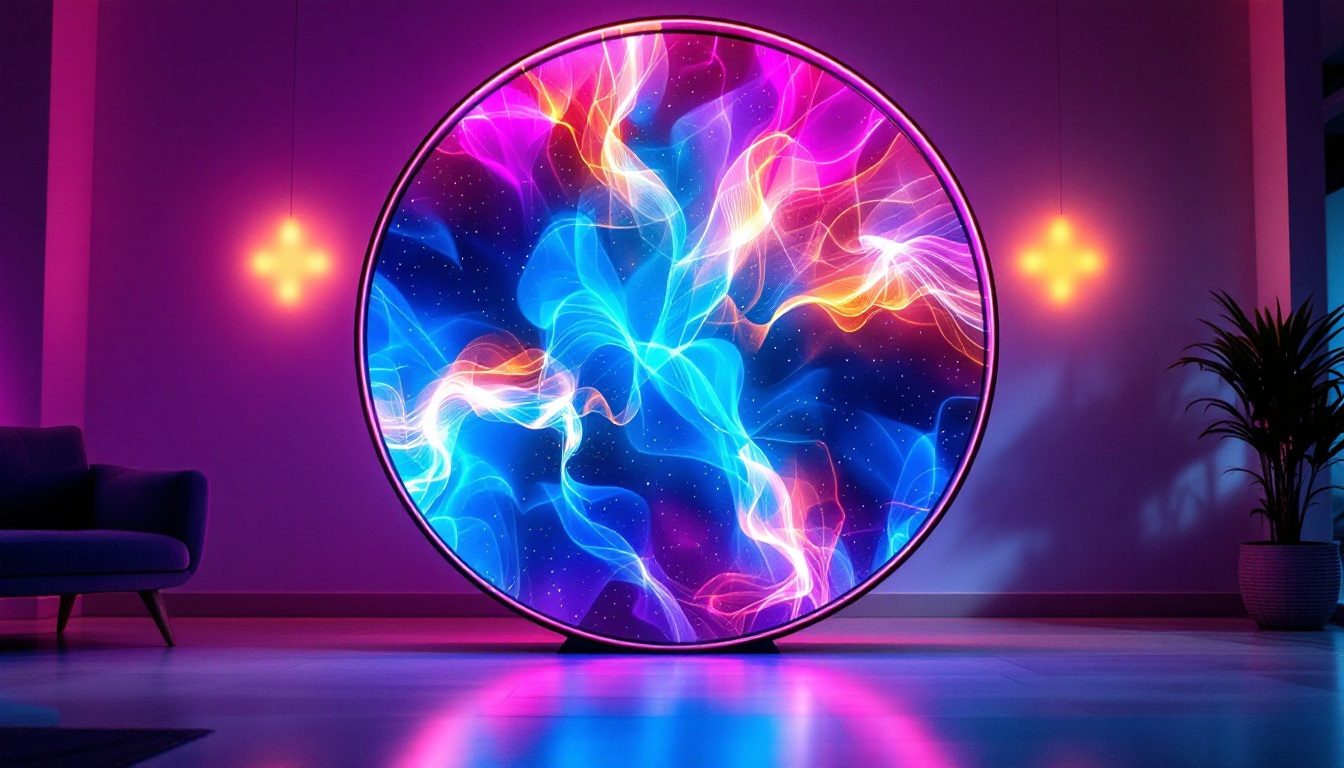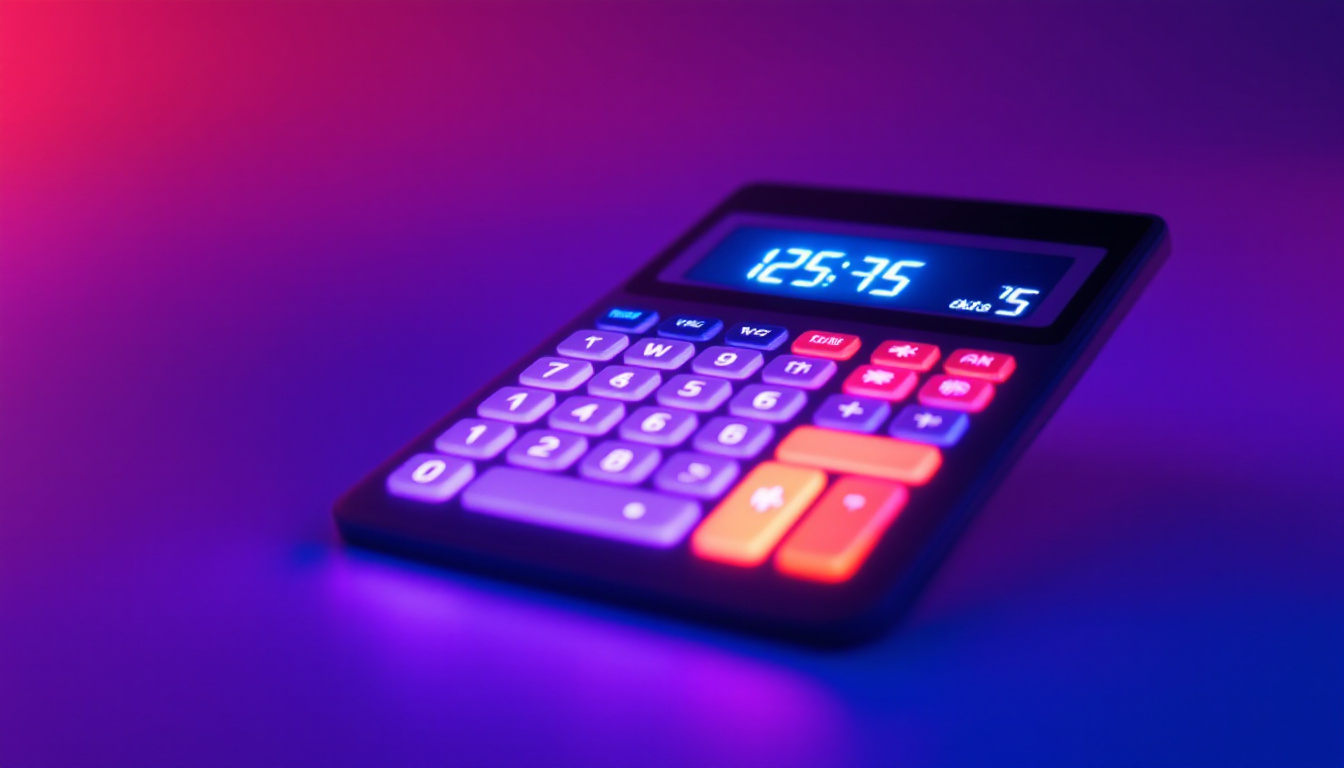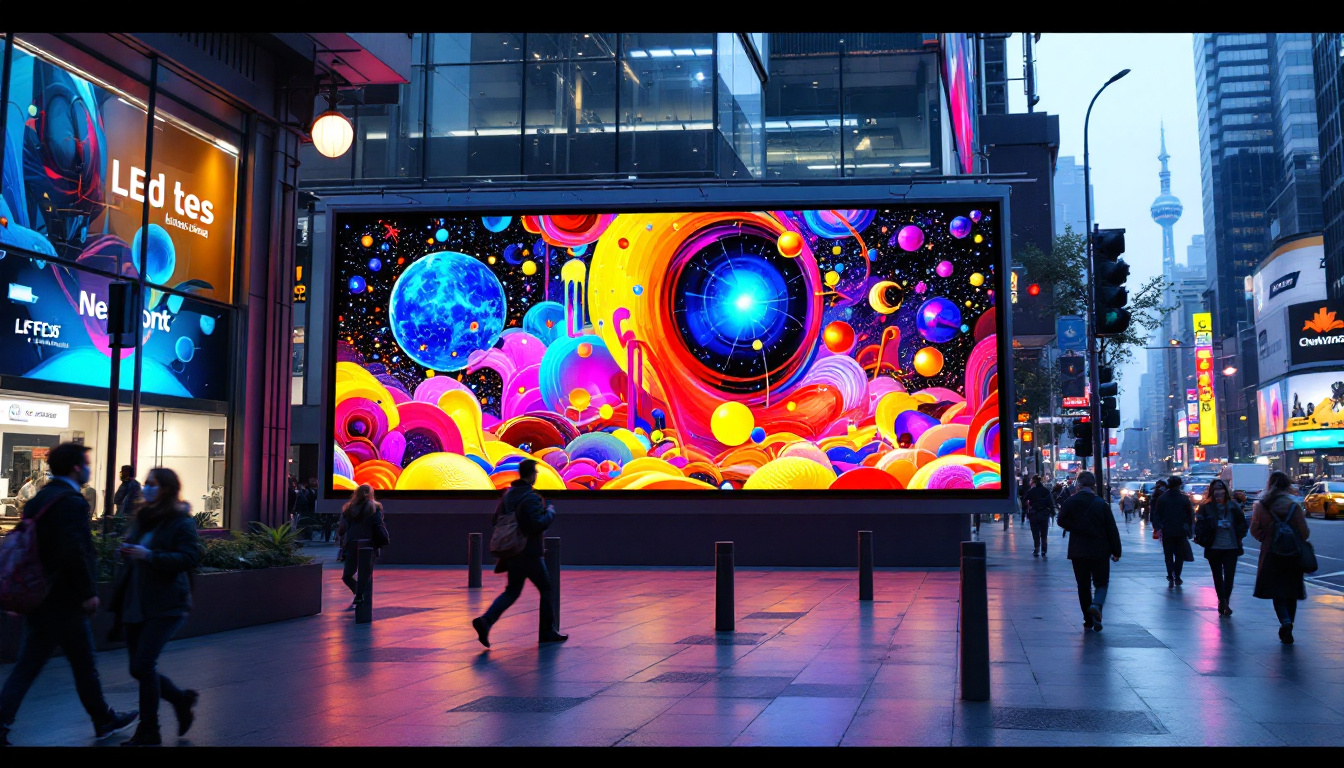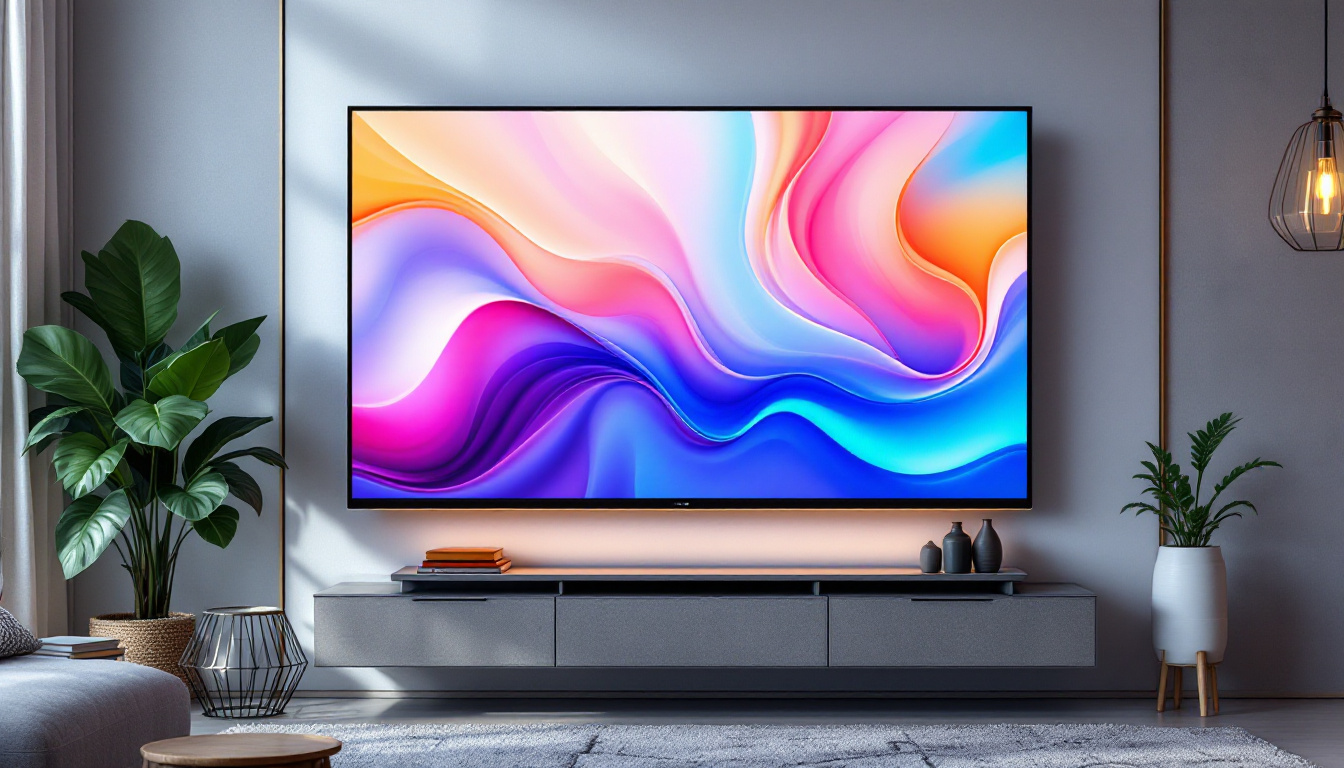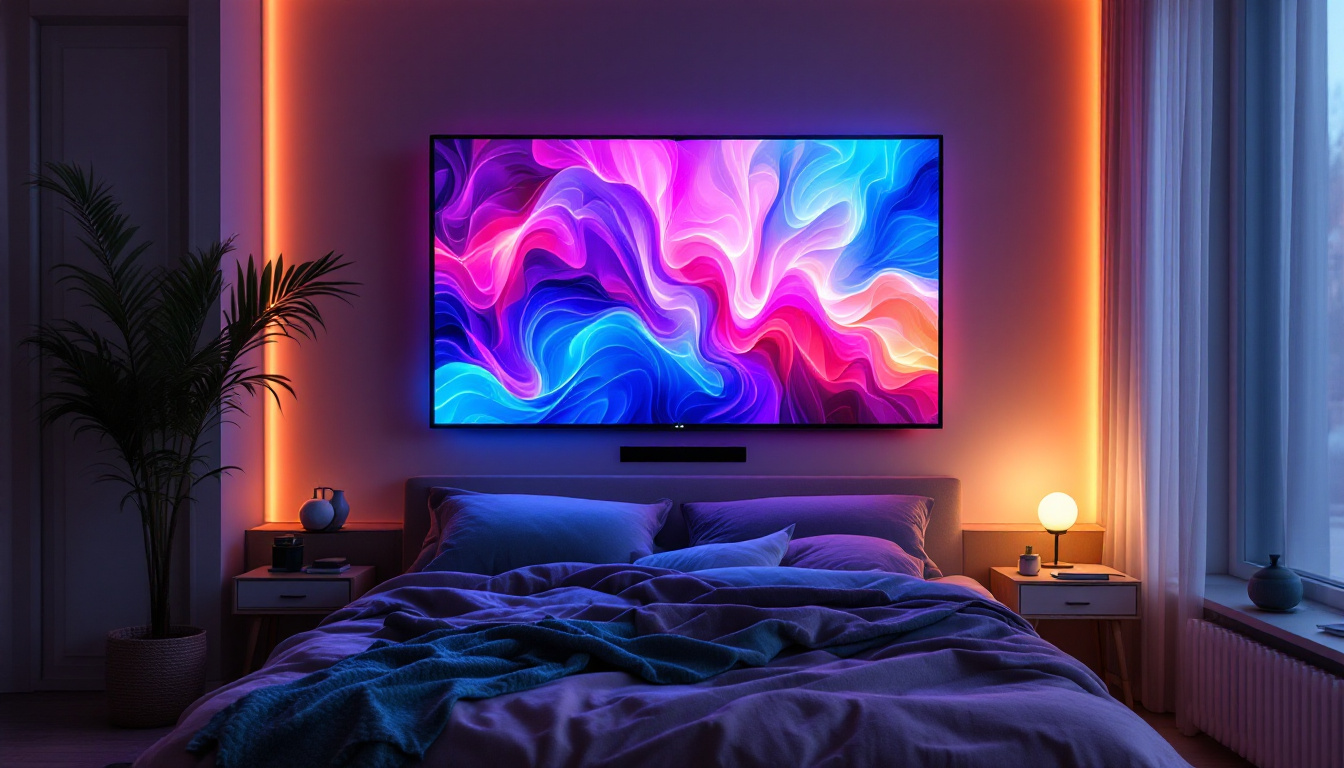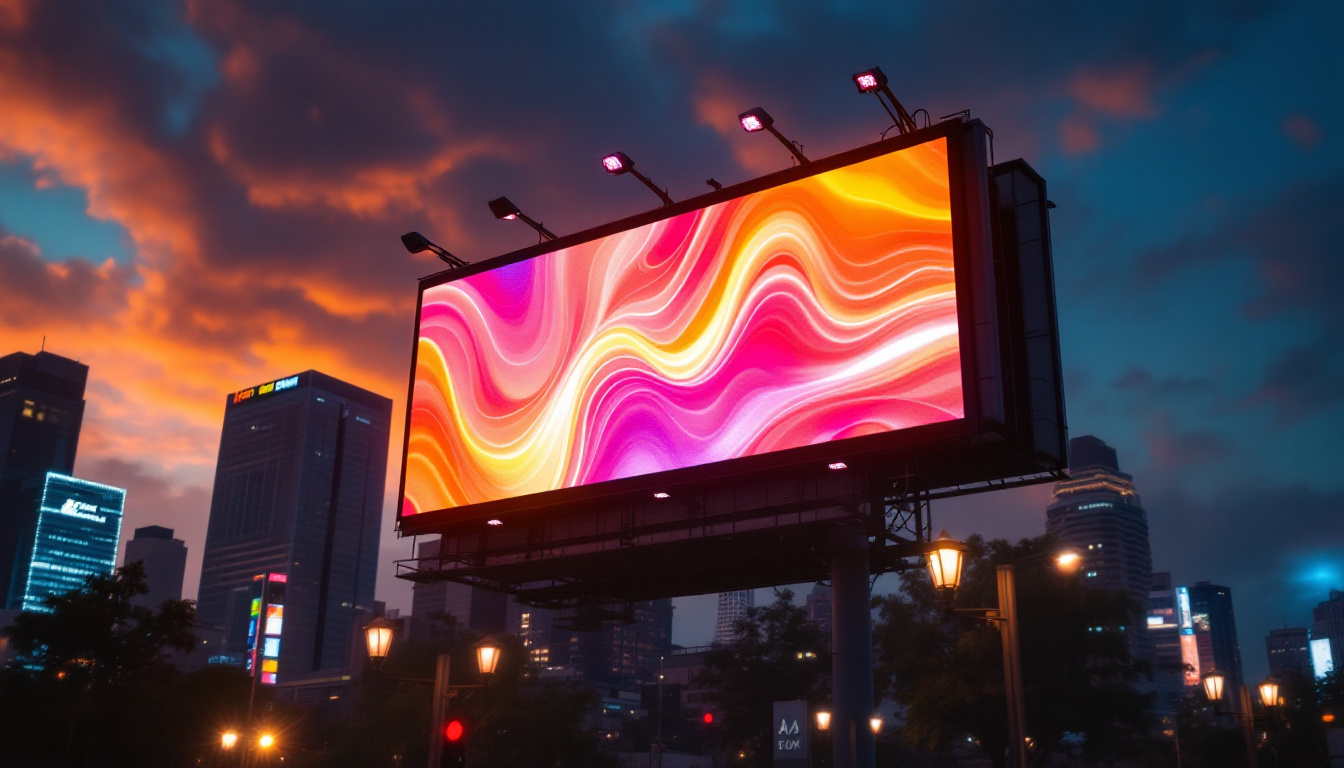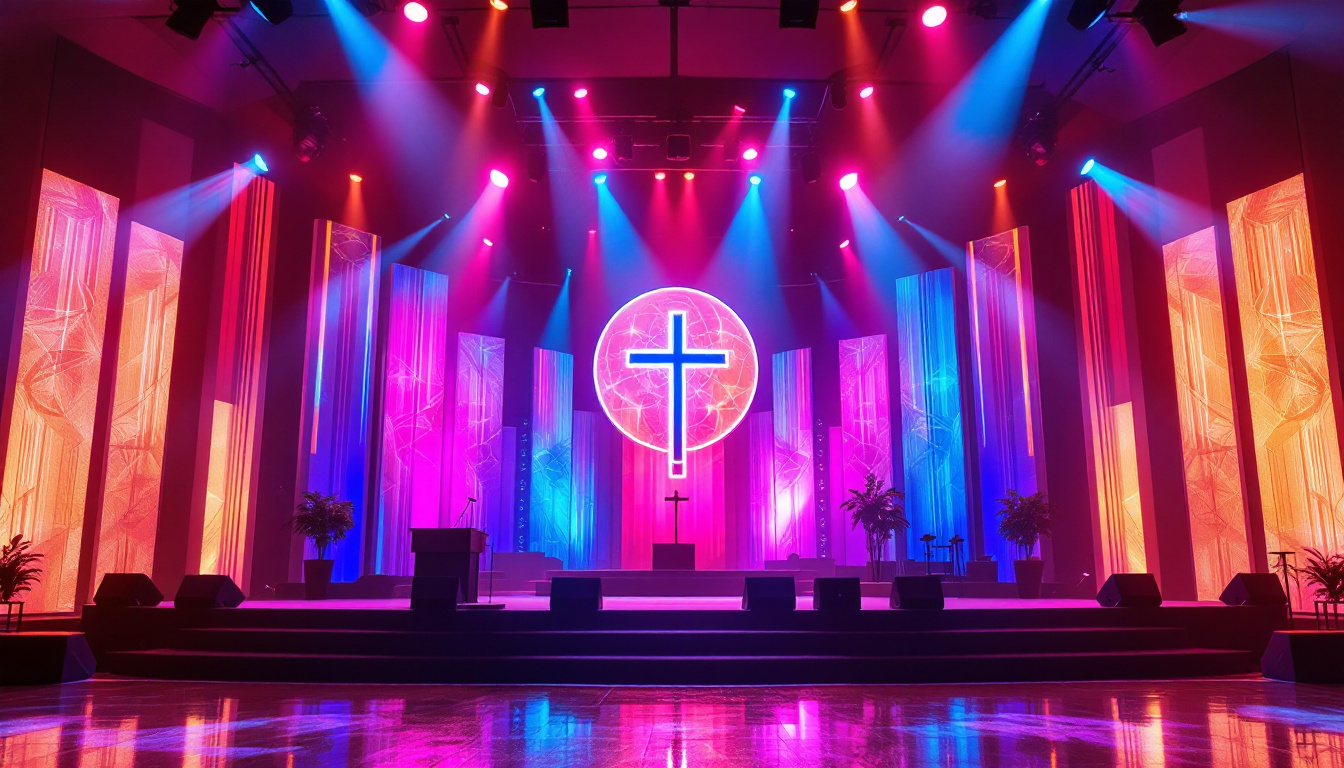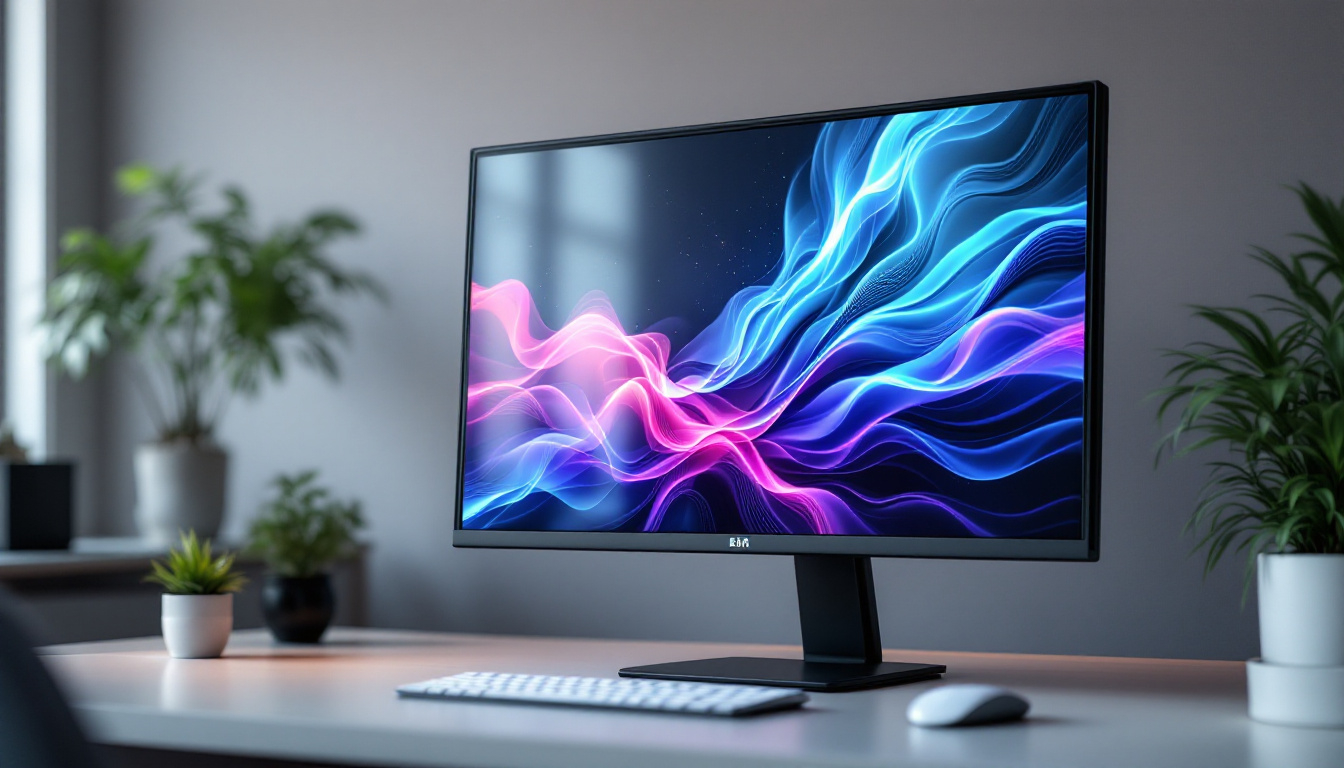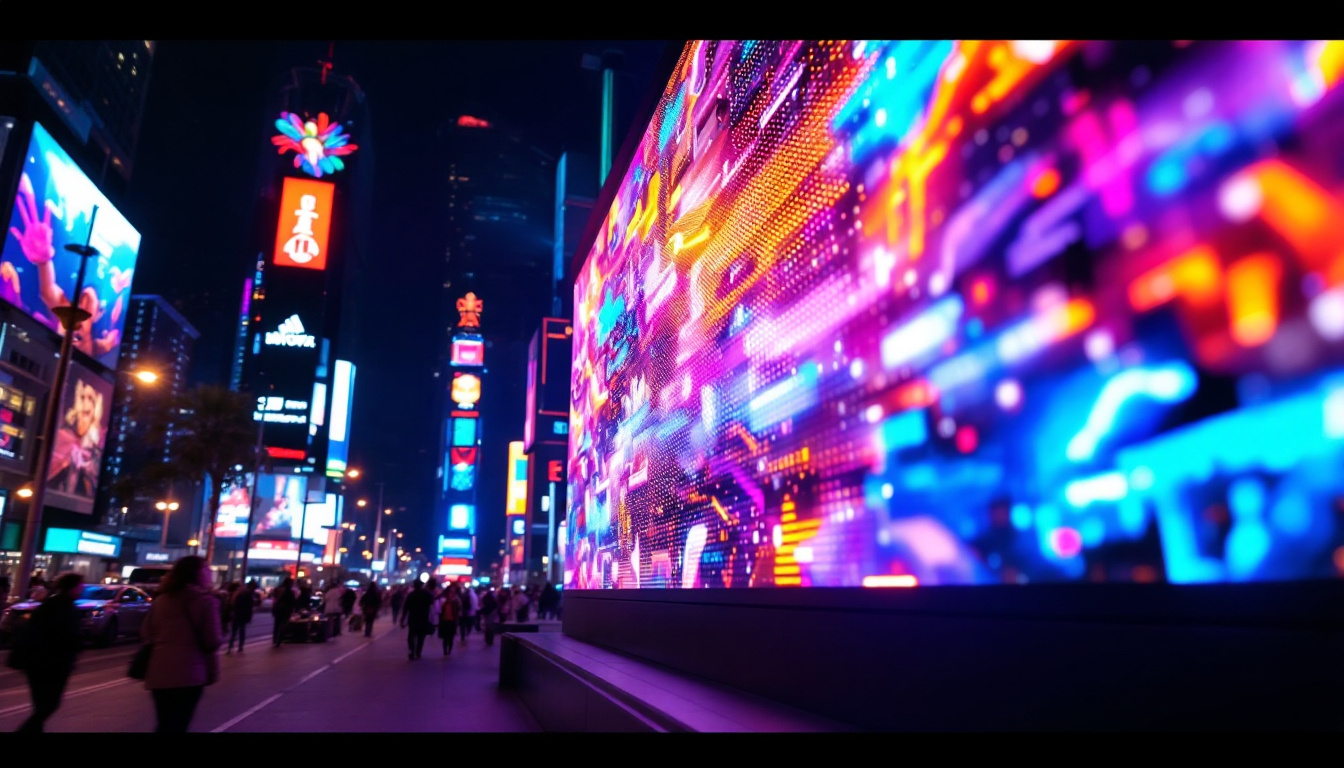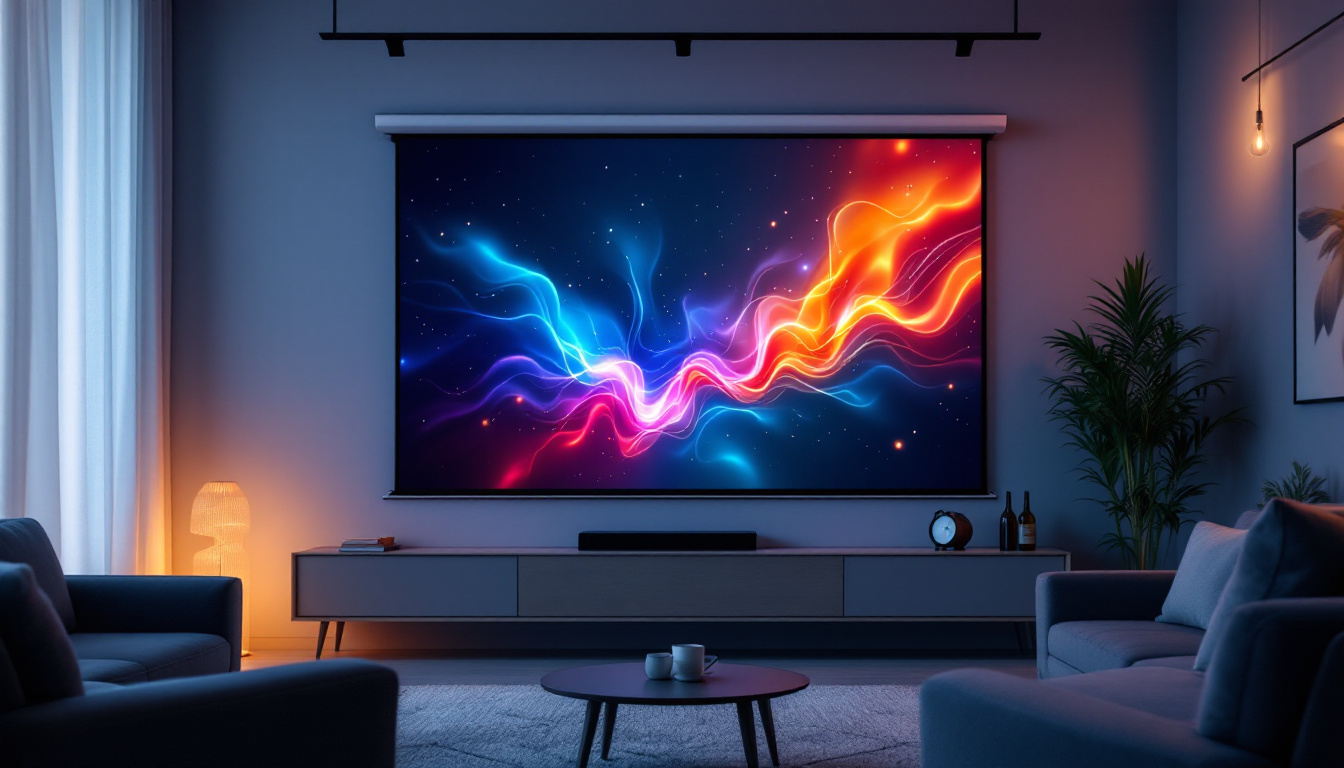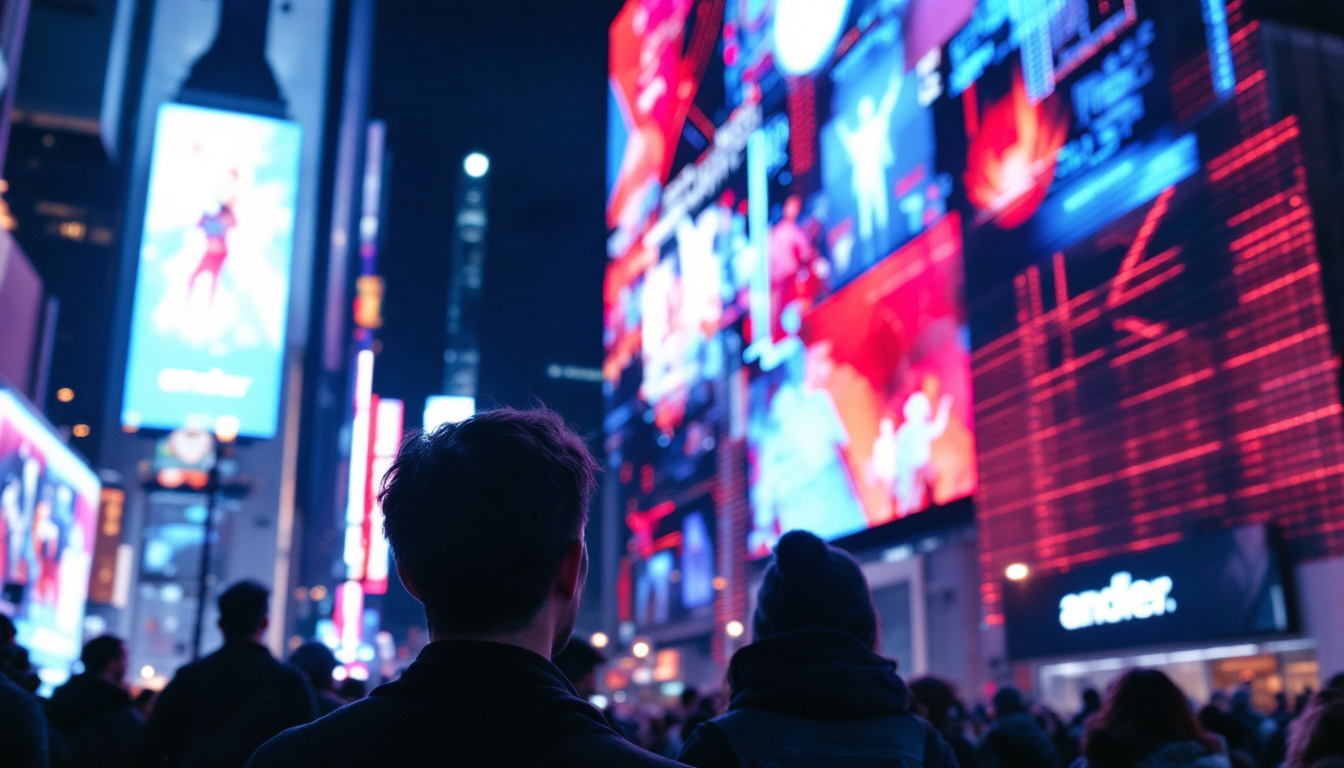In the ever-evolving world of technology, large touchscreens have become a cornerstone of modern communication and interaction. These devices, often seen in conference rooms, educational institutions, and public spaces, utilize LED display technology to provide vibrant visuals and responsive touch capabilities. This article delves into the intricacies of large touchscreen LED displays, exploring their technology, applications, and benefits.
Understanding LED Technology
LED, or Light Emitting Diode, technology is a revolutionary advancement in display systems. Unlike traditional LCD screens, which use a backlight to illuminate pixels, LED displays utilize individual diodes that emit light when an electric current passes through them. This fundamental difference allows for greater brightness, improved contrast, and more energy-efficient performance.
How LED Displays Work
The operation of an LED display is based on the principle of electroluminescence. Each pixel in an LED display consists of multiple diodes that can produce different colors by varying the voltage applied to them. When these diodes are combined, they create a full spectrum of colors, resulting in stunning visuals that are sharp and vibrant.
Moreover, LED displays can be categorized into two main types: direct view and edge-lit. Direct view LED displays consist of diodes arranged closely together to form the entire screen, while edge-lit displays have diodes placed along the edges, with light directed towards the center. Both types have their unique advantages, depending on the application and desired visual quality.
Benefits of LED Technology
The benefits of LED technology extend beyond just visual quality. One of the most significant advantages is energy efficiency. LED displays consume less power compared to traditional LCDs, making them a more sustainable choice for businesses and organizations. Additionally, LED displays have a longer lifespan, reducing the need for frequent replacements.
Another notable benefit is the ability to create large, seamless displays. This is particularly advantageous in settings like stadiums or large conference halls, where a cohesive visual experience is essential. The flexibility in size and shape allows for creative installations that can enhance any environment.
Applications of Large Touchscreen LED Displays
Large touchscreen LED displays have found their way into various sectors, transforming how information is presented and interacted with. Their versatility makes them suitable for a wide range of applications, from corporate environments to educational institutions and beyond.
Corporate Use
In the corporate world, large touchscreen displays are increasingly used for presentations, meetings, and collaborative work. These displays facilitate interactive presentations, allowing presenters to engage their audience more effectively. Features like screen sharing and real-time collaboration tools enhance productivity and foster teamwork.
Moreover, companies can utilize these displays for digital signage, showcasing important information, advertisements, or announcements. The dynamic nature of LED displays allows for content to be updated in real-time, ensuring that the information presented is always current and relevant.
Education Sector
Educational institutions have also embraced large touchscreen LED displays as a powerful teaching tool. These displays can transform traditional classrooms into interactive learning environments. Teachers can present multimedia content, engage students with interactive lessons, and encourage participation through touch-based activities.
Furthermore, the ability to connect to various devices enhances the learning experience. Students can share their work directly from their devices, fostering collaboration and creativity. This technology not only makes learning more engaging but also prepares students for a tech-driven future.
Public Spaces and Events
In public spaces, large touchscreen LED displays serve as information hubs. They can be found in airports, malls, and museums, providing visitors with essential information and interactive experiences. For example, wayfinding displays help guide visitors through complex environments, while interactive exhibits in museums allow for deeper engagement with the material.
During events, these displays can be used for live streaming, presentations, and interactive experiences that captivate audiences. Their ability to deliver high-quality visuals in large formats makes them an ideal choice for any event organizer looking to make a lasting impression.
Key Features of Large Touchscreen LED Displays
When considering large touchscreen LED displays, several key features should be taken into account. These features not only enhance the user experience but also determine the suitability of the display for specific applications.
Touch Technology
Touch technology is a critical aspect of large touchscreen displays. There are several types of touch technology available, including capacitive, resistive, and infrared. Capacitive touchscreens are the most common in large displays, offering high sensitivity and multi-touch capabilities. This allows multiple users to interact with the display simultaneously, making it ideal for collaborative environments.
Resistive touchscreens, while less common in large formats, are still used in certain applications. They require pressure to register a touch, making them suitable for environments where users may wear gloves or use styluses. Understanding the touch technology used in a display is essential for selecting the right device for specific needs.
Resolution and Display Quality
Resolution is another crucial factor when evaluating large touchscreen LED displays. The resolution determines the clarity and detail of the visuals presented. Common resolutions include Full HD (1920×1080), 4K (3840×2160), and even 8K in some high-end models. A higher resolution provides sharper images, which is particularly important for applications that involve detailed graphics or text.
In addition to resolution, display quality factors such as brightness, contrast ratio, and color accuracy play a significant role in the overall performance of the display. A high brightness level is essential for environments with ample ambient light, ensuring that the content remains visible and engaging.
Connectivity Options
Connectivity options are vital for integrating large touchscreen LED displays into existing systems. Modern displays typically offer a range of connectivity options, including HDMI, DisplayPort, USB, and wireless capabilities. This flexibility allows users to connect various devices, such as laptops, tablets, and smartphones, enhancing the display’s functionality.
Moreover, some displays come equipped with built-in software that facilitates screen sharing and collaboration. This feature is particularly valuable in corporate and educational settings, where seamless integration with other technologies is essential for effective communication.
Challenges and Considerations
While large touchscreen LED displays offer numerous advantages, there are also challenges and considerations to keep in mind. Understanding these factors can help organizations make informed decisions when investing in this technology.
Cost Implications
The initial investment for large touchscreen LED displays can be significant. High-quality displays with advanced features often come with a higher price tag. Organizations must weigh the long-term benefits against the upfront costs to determine if the investment aligns with their goals and budget.
Additionally, ongoing maintenance and potential repairs should be factored into the overall cost. While LED displays have a longer lifespan than traditional displays, they still require regular maintenance to ensure optimal performance.
Space and Installation Requirements
Another consideration is the physical space required for installation. Large touchscreen displays can be bulky, necessitating ample wall space or dedicated stands. Organizations must assess their available space and plan for installation accordingly. Proper installation is crucial to ensure the display functions correctly and is positioned for optimal visibility.
Furthermore, accessibility is an important factor. Displays should be positioned at a height and angle that allows all users to interact comfortably, regardless of their physical abilities.
Software Compatibility
Software compatibility is essential for maximizing the functionality of large touchscreen LED displays. Organizations should ensure that the software they plan to use is compatible with the display’s operating system and touch technology. This may involve investing in additional software solutions that enhance interactivity and collaboration.
Regular software updates and maintenance are also necessary to keep the display functioning optimally. Organizations should establish a plan for managing software updates to ensure that the display remains secure and up to date.
The Future of Large Touchscreen LED Displays
The future of large touchscreen LED displays looks promising, with ongoing advancements in technology paving the way for even more innovative applications. As technology continues to evolve, several trends are emerging that will shape the future of these displays.
Integration with AI and IoT
One of the most significant trends is the integration of artificial intelligence (AI) and the Internet of Things (IoT) into large touchscreen displays. AI can enhance user interactions by providing personalized experiences, predictive analytics, and real-time data insights. This integration can revolutionize how organizations use displays for presentations, advertising, and information dissemination.
Moreover, IoT connectivity allows large touchscreen displays to communicate with other devices and systems, creating a more cohesive and efficient workflow. For instance, displays can connect with smart sensors to adjust brightness based on ambient light or integrate with scheduling software to display real-time updates in corporate environments.
Enhanced Interactivity
As technology progresses, the interactivity of large touchscreen displays is expected to improve significantly. Future displays may incorporate advanced gesture recognition, voice commands, and augmented reality features, allowing for more immersive user experiences. This level of interactivity can transform how users engage with content, making presentations and educational experiences more dynamic and engaging.
Furthermore, the development of more intuitive user interfaces will simplify navigation and enhance usability, making these displays accessible to a wider audience.
Conclusion
Large touchscreen LED displays are revolutionizing how information is presented and interacted with across various sectors. Their advanced technology, vibrant visuals, and interactive capabilities make them invaluable tools for corporate, educational, and public applications. While there are challenges to consider, the benefits far outweigh the drawbacks, making them a worthwhile investment for organizations looking to enhance communication and engagement.
As technology continues to evolve, the future of large touchscreen LED displays promises even greater advancements, paving the way for more innovative applications and enhanced user experiences. Embracing this technology today can position organizations for success in an increasingly digital world.
Discover LumenMatrix’s Innovative LED Display Solutions
Ready to elevate your visual communication and engagement strategy? Explore LumenMatrix’s diverse range of LED display solutions tailored to meet your specific needs. From Indoor and Outdoor LED Wall Displays to specialized options like Vehicle, Sports, and Floor LED Displays, LumenMatrix is at the forefront of creating immersive visual experiences. Whether you’re looking to captivate your audience with a Custom LED Display or seeking the convenience of an All-in-One LED Display, LumenMatrix has the technology to bring your vision to life. Check out LumenMatrix LED Display Solutions today and see how they can transform your space with clarity and impact.

